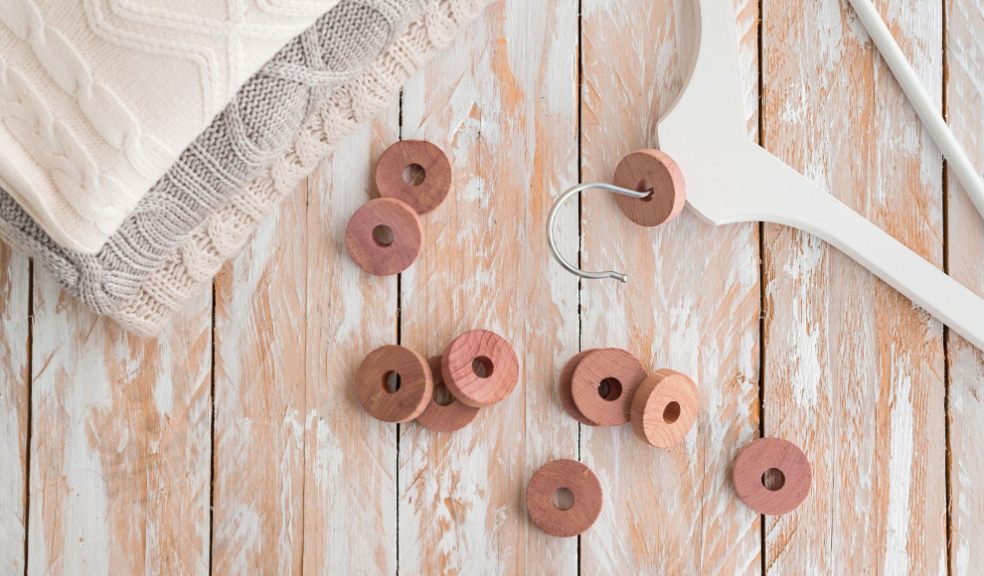
Moth invasions are getting worse year on year – how to keep them at bay
Sam Wylie-Harris reports on how to keep your prized clothing, carpets and soft furnishings free from the silent species.
They don’t buzz, they don’t bite and they’re harmless to humans – but for the common clothes moth, cashmere is king, wool carpets and silk throws are the holy grail.
Thanks to a mild winter and warm summer, we’re in the midst of a moth plague. Enquiries to Rentokil have risen more than 10% compared to last summer, and 9% year on year over the previous three summers. So more and more homes in the UK are under attack from these nibbling, nesting, nocturnal insects.
Moths tend to come out in warmer weather as it accelerates their breeding cycle, so we can expect the problem to only get worse.
According to Rentokil, there are four species of moths in the UK and each has its own particular tastes when it comes to fabric, but they don’t actually munch on the fabric – they nest in it. It’s their larvae that cause the damage.
So which kind of moths larvae like which fabrics?
The common clothes larvae will leave random holes in natural fabrics such as woolly jumpers. The brown house larvae love to bed down and feed on wool, leather and feathers. The case-bearing clothes larvae make more regular holes in fabric, while the white-shouldered larvae are cited as causing the least damage to textiles.
What are the tell-tale signs of a moth infestation?
With a chill in the air, our first instinct is to reach for an extra layer of clothing and bedding and that’s when most of us are hit with a nasty surprise – holes in our clothes, blankets and throws.
How can we prevent them in the first place?
We all love fresh air and having the windows open but in the world of moths, that’s rolling out the red carpet. Deny them access by drawing the curtains at night and use fly screens because once they’re in, a female clothes moth can lay between 40 and 50 eggs on your best threads – which can hatch within 10 days in mild weather.
A clean house is a moth-free zone
Good housekeeping such as vacuuming regularly (especially under the bed and sofa), cleaning clothes regularly (stained garments give the larvae more nutrients so the dirty laundry bin is their 24-hour room service) and keeping cashmere, silk and other natural fibres in sealed bags or suitcases will help stop an infestation.
Be vigilant and know where they nest
The two most common moth species are the common clothes moth and case-bearing moth and they both shun the spotlight. They like hiding in the dark, folds of fabrics and off the beaten track where they’re unlikely to be disturbed. Think the attic, basement, storage cupboard and sock drawer that’s been idle all summer.
Understand their eating habits
Along with a penchant for wool, cottons, silks, cashmere and linens, moth larvae will worm their way into coats, hats, scarves, your nan’s vintage fur, down filled pillows, cushions and even soft toys, so keep a lid on the kids’ play box.
How to protect your home
Invest in moth repellents such as moth killer sprays which can be used on clothing and carpets; moth killer hangers which will kill the adult, larvae and eggs; moth glue traps which are very unsightly but these poison free cages will indicated there’s a problem; moth balls if you can stand the smell; and moth killer paper strips which can protect clothing for up to six months. You could also try cedarwood clothes moth rings on your hangers and lavender bags on your shelves to protect your clothes.
If all else fails…
Call in the experts. For more info visit www.Rentokil.co.uk













